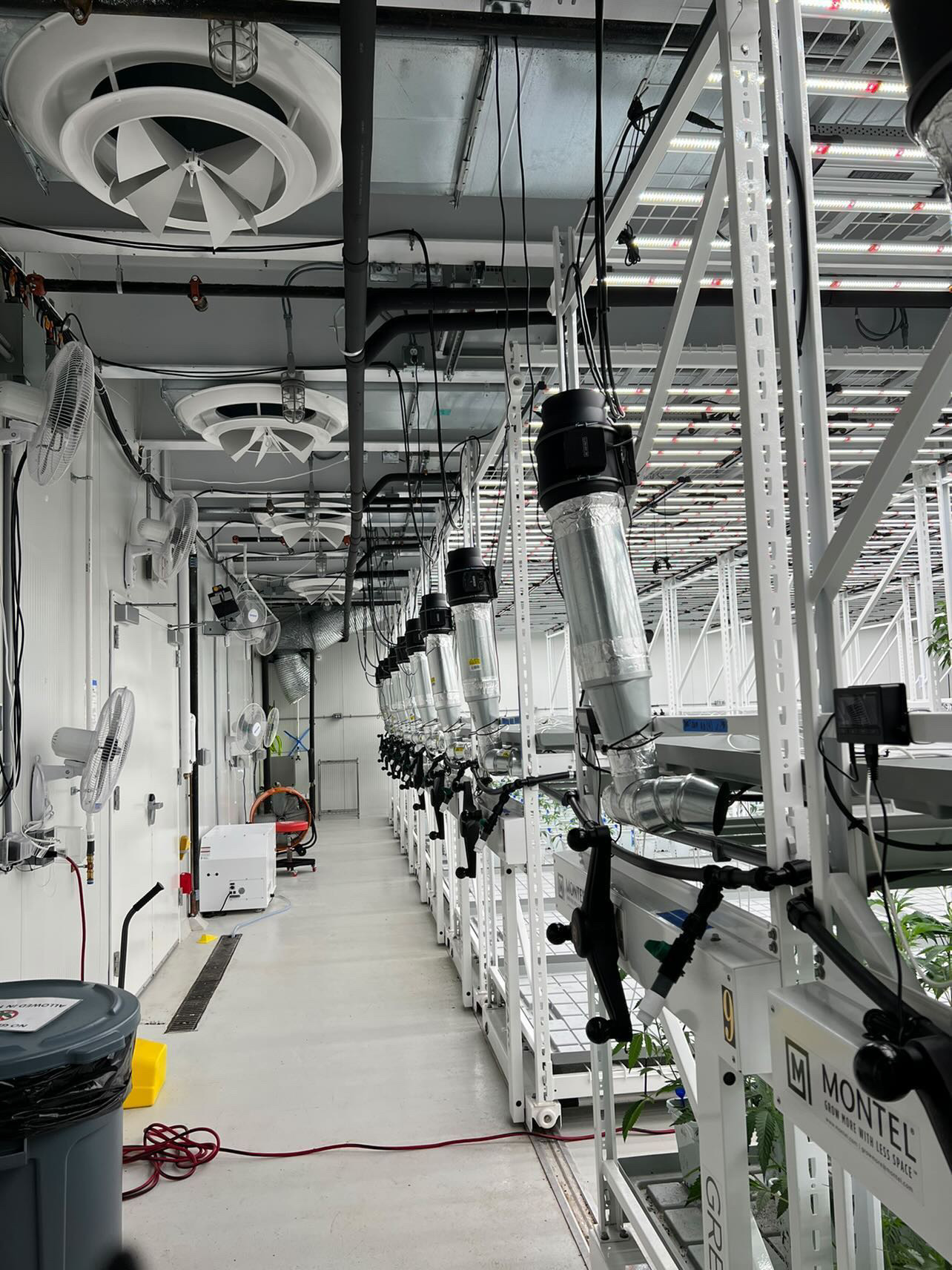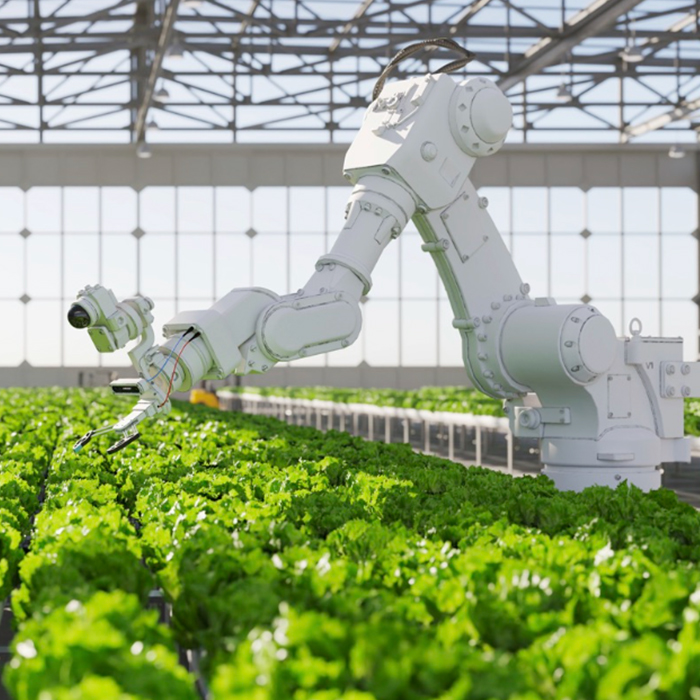The Unofficial (and Very Abridged) History of Vertical Farming
Insights on vertical farming
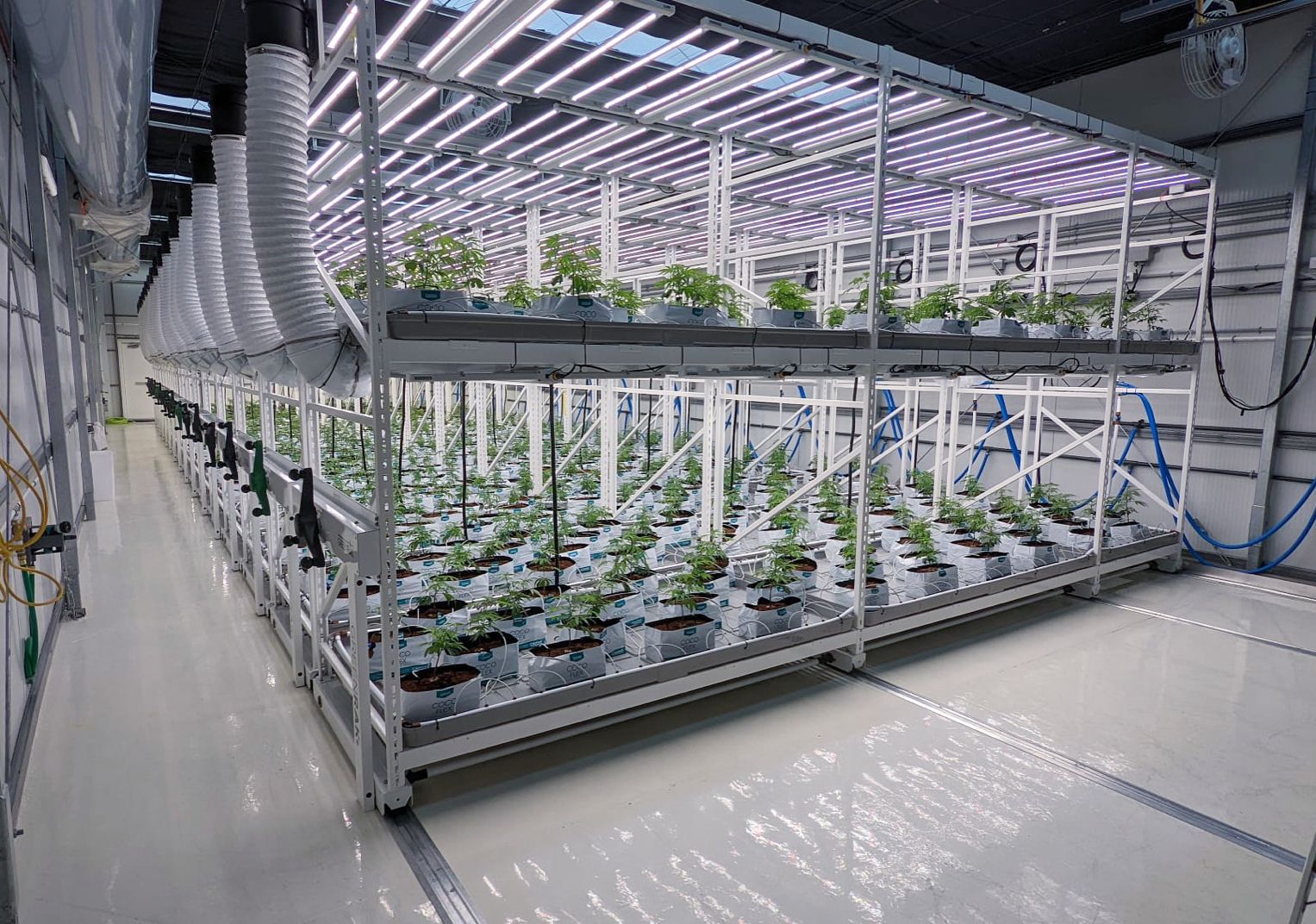
With so many recent advancements in vertical farming technology, we at Montel want to take a step back and ask an important question: Where did this idea of vertical farming even come from?
A lot of people have a lot of opinions about the history of vertical farming—but, frankly, we’re not historians. Who’s to say where something like the concept of growing plants vertically began? Do the Hanging Gardens of Babylon count?
So let’s instead reflect on a few interesting footnotes from the annals of history that we think still encapsulate the mission and imagination of modern vertical farming.
Precursors to vertical farming techniques
Long before modern vertical farming revolutionized agriculture and horticulture, farmers around the world had already been experimenting with alternative techniques and developing the technologies that today underpin vertical farming.
Let’s start with the principles behind hydroponics, a soilless cultivation method sometimes used in modern vertical farming. Many believe that hydroponics originated in the floating gardens of 12th-century Mexico. In the Xochimilco region, known for its freshwater marshes, Aztec farmers grew crops and other plants on structures called chinampas, large barges composed of reeds and decomposing waste that would take root above the water and become an island perfect for cultivating all kinds of crops. Chinampas are still used today and are crucial to how the area utilizes its unique climate to feed its population.
Like chinampas, vertical farming operations seek to bring dependable, diverse agricultural opportunities to everyone, no matter where they live and what their climate allows.
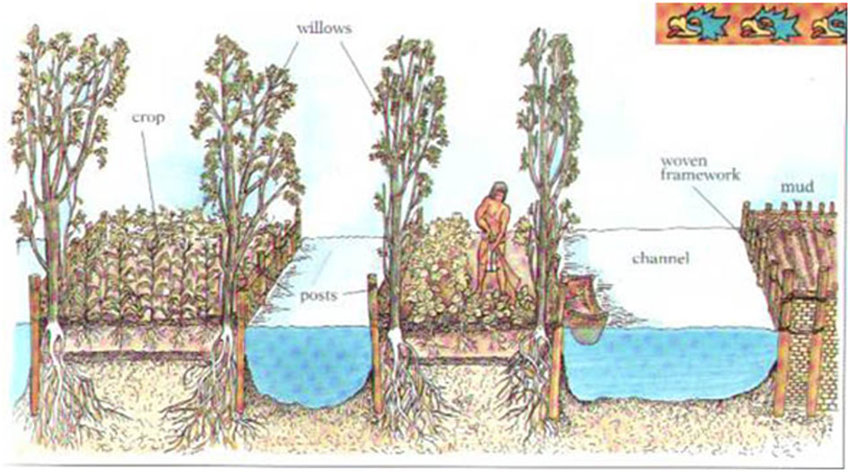
Premonitions from the pages of Life
With the advent of the 20th century and the second Industrial Revolution came a tension between urbanization and rural living, between cities and the farm.
In the US, cities like New York, Chicago, and Philadelphia became conduits for the American Dream, but the infrastructure beneath it all, even then, could not keep up with such rapid population growth, leading to poverty, corruption, poor health, and unsafe living conditions.
The desire to bring to these the cities the idyllic homesteads of the past was best captured in an illustration by cartoonist A.B. Walker, which appeared in a 1909 issue of Life magazine:
“Buy a cozy cottage in our steel constructed choice lots,” the caption reads, a sales pitch from the fictitious Celestial Real Estate Company, “less than a mile above Broadway. Only ten minutes by elevator. All the comforts of the country with none of its disadvantages.”
Images like this captured the minds of readers and did not let them go—until these vertical farms began to materialize a century later.
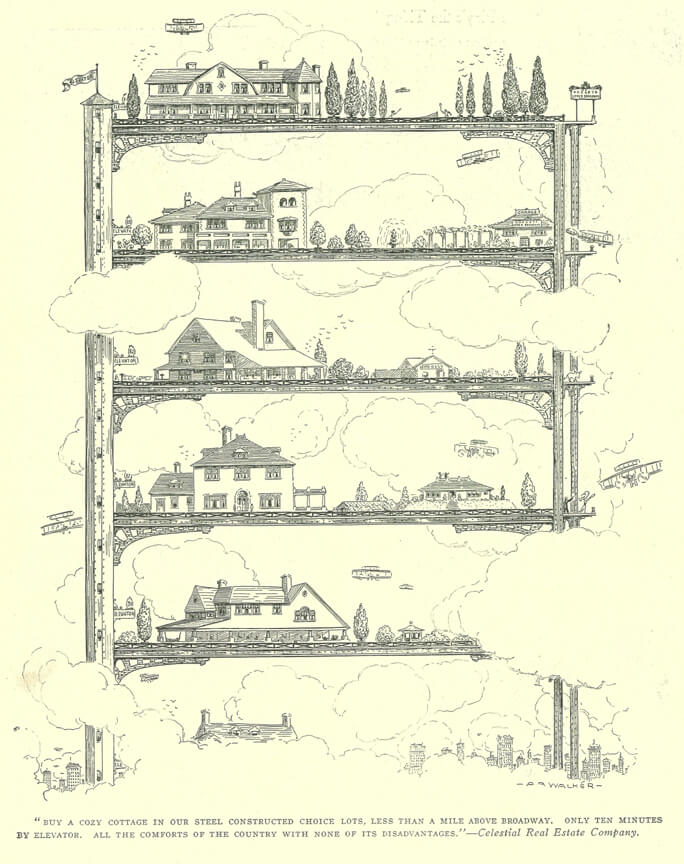
Dr. Despommier and the rise of modern vertical farming
Many attribute the modern conception of vertical farming to microbiologist and ecologist Dr. Dickson Despommier, PhD, an emeritus professor of public and environmental health at Columbia University.
In 1999, Despommier and his students designed a nascent vertical farm, a skyscraper in which farmers could grow enough to feed tens of thousands. (Interested in a little homework? Check out his book The Vertical Farm: Feeding the World in the 21st Century.)
His design hit upon all the advantages of the vertical farm over traditional farming:
- Sustainability: Food is produced locally, cutting down on high-cost, carbon-intensive importation of necessary goods.
- Reliability: Crops are grown organically year round, regardless of weather or the effects of climate change, and in controlled environments.
- Space efficiency: Vertical farms do a lot with such a small footprint, which means, especially in densely populated urban settings, more space for housing, etc.
Montel is proud that its high-density indoor vertical farming systems continue in the traditions and imaginations of those who came before us, and we hope that what we grow together will inspire the next generation of growers.
